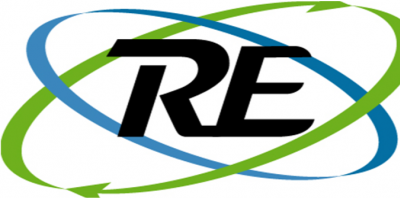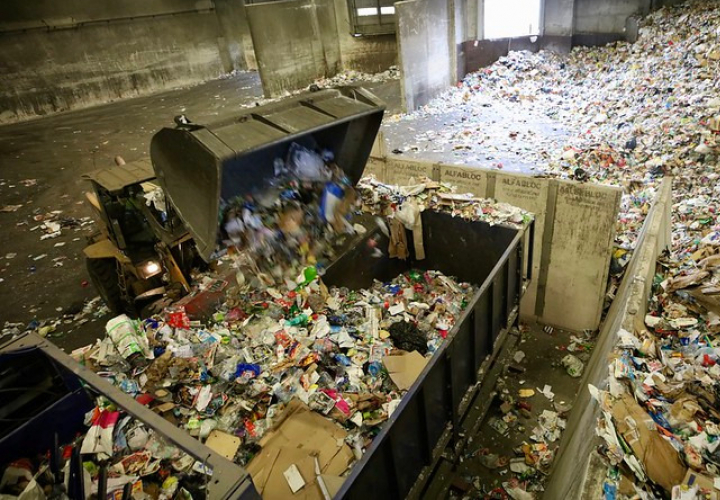

About us
Waste to Energy (WTE) Combustion Processes
As of 2000, there were approximately 102 Waste-to-Energy facilities using some form of combustion process operating in 31 states in the United States. These WTE facilities include the following technologies:
Mass Burn (MB) WTE Plants generate electricity and/or steam from waste by feeding mixed municipal waste into large furnaces dedicated solely to burning trash and producing power. 70 of the 102 WTE facilities in the U.S. utilize this process.
Refuse-derived fuel (RDF) WTE plants remove recyclable or unburnable materials and shred or process the remaining trash into a uniform fuel. A dedicated combustor, or furnace, may be located on-site to burn the fuel and generate power; or the RDF may be transported off site for use as a fuel in boilers that burn other fossil fuel. 19 of the 102 WTE facilities utilize this technology.
The remaining 13 WTE facilities are Modular WTE Plants, which are similar to Mass Burn plants, but are smaller mobile units that may be quickly assembled where needed.
These WTE Plants currently process more than 30 million tons of trash each year or about 14% of America’s solid waste. Electric power generated by these plants is approximately 2,816 megawatts per hour. These technologies are the most widely used technologies for converting large volumes of municipal waste into energy.
The average capital investment for WTE combustion plants is $3,570 per installed kWh of capacity.
Major operators of WTE Plants in the U.S. include:
Covanta Energy Solutions. Covanta is the world’s leading operator of large-scale WTE facilities with 26 facilities in 16 states and one facility in Italy. Covanta’s facilities can process over 32,000 tons per day of waste and produce more than 800 megawatts of electricity. At design capacity, this is about .6 megawatts per ton of waste (gross) or .54 megawatts (net – after 10% reduction for internal use).
Wheelabrator Technologies, Inc. Wheelabrator is a wholly owned subsidiary of Waste Management. Wheelabrator has 16 WTE Plant with 671 megawatts of installed capacity and processing 23,750 tons per day of municipal solid waste. At design capacity, Wheelabrator’s Plants can produce approximately .68 megawatts per ton of waste (gross) or .61 megawatts (net – after 10% reduction for internal use). Wheelabrator Plants have involved about $2.2 billion in invested capital or $3.3 million per installed megawatt.
American Ref-Fuel operates 6 large WTE Plants in the Northeast U.S. These Plants have a design capacity to produce over 13,600 tons of waste per day and 364 mWh of electricity. This equates to approximately .64 tons of waste per megawatt of electricity (gross) or .58 megawatts (net- after 10% reduction for internal use).
These three companies account for more than half of the domestic capacity for waste processing and power production.
Typical plant performance of WTE Combustion Plants is as follows:
Combustion temperatures can be as high as 2000° F with high combustion efficiency and CO emissions of 15 to 40 ppm. Reactor exit temperatures are less than 1200° F.
Waste VOLUME reduction of 90%, depending on the type of waste. The amount of ash on a WEIGHT basis is as high as 25% of the input. The ash from earlier plants was considered toxic and required disposal in a class B landfill. However, with higher operating temperatures the ash is generally considered non-hazardous for all plants that have made the environmental changes. A small portion (<4%) of the ash is used in roadbeds and for other uses, however, the vast majority has to be disposed of in a landfill.
Emission systems now satisfy current EPA emission requirements. Early Plants (historically referred to as “Incinerators”) did not have adequate emission control devices and had very high emissions and gave the industry a bad reputation. Most Plants have either upgraded their emission control systems or have been forced out of business. WTE Plants still produce high levels of tars, dioxins, furans and char when compared to the air emissions from IGCC plants or the Recovered Energy System™. However, WTE Plants prevent the release of new greenhouse gasses. WTE Plants prevent the release of more than a million tons of methane into our atmosphere, assuming the same amount of trash now processed at WTE facilities is disposed in a landfill without methane recovery.
Most of the WTE facilities in the U.S. became operational between 1980 and 1996. Only three new Plants have come on line since 1996 (2 in 1997 and 1 in 2000). To our knowledge, there are no new Plants currently under construction. The primary reason for the slow-down in new WTE Plants is the environmental concern involving existing plants. Most of these Plants were installed without adequately addressing the environmental issues. Due to new emission standards some of these facilities have closed while the majority is undergoing major renovation. The WTE industry is currently in the middle of an $800 million plant upgrade to install adequate air quality control systems that will allow the facilities to meet current EPA standards. Because of their historical emission problems, the Incinerator Plants have received and continue to receive significant resistance from environmental groups and negative reviews in the press. WTE Combustion processes have the following disadvantages when compared to the Recovered Energy System™:
Emissions of tars, furans, dioxins, char, VOC’s, particulates and SOX are higher.
Combustion processes can only produce steam and electricity, whereas the synfuel from a gasification process can be used for many other applications. These processes use steam turbines are only half as efficient as combined cycle gas/steam turbines that are used by the RES.
All of the inorganics contained in the waste come out as ash, which contains char and tars. The amount of inorganics can be as much as 25% by weight which means that landfills will continue to be required to dispose of the ash. The ash has very little use except as a road base because even though it is considered non-hazardous it still has an environmental impact and very few people will use it. The vitrified glass from the RES process has no environmental impact and can be used in numerous applications.
Most WTE facilities require some form of pre-sorting. In order to reduce the volumes of ash, inorganics are sorted out. They cannot handle all types of waste.
WTE Combustion technologies do not pose a serious competitive threat to REI. Incinerators have a very bad reputation and have been banned in many parts of the world. No new plants are under construction. It will take a significant effort to clean up the existing plants before these technologies can change public sentiment. However, the new technologies do have good processes that are relatively clean and efficient. If they can ever overcome the bad reputation they could begin to build Plants again.
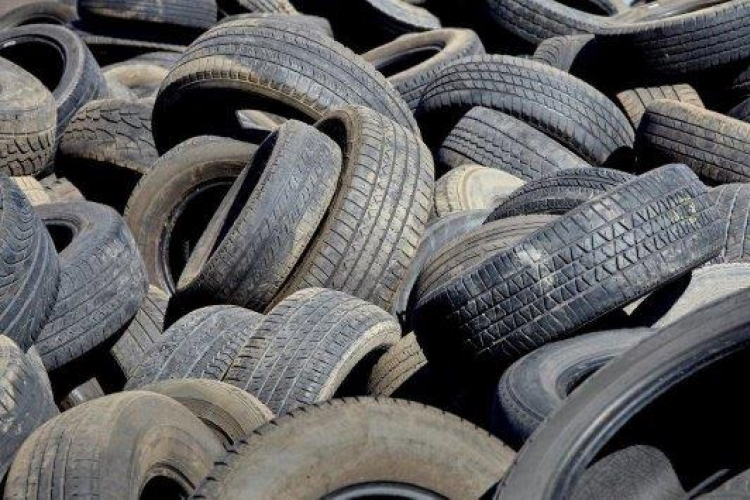
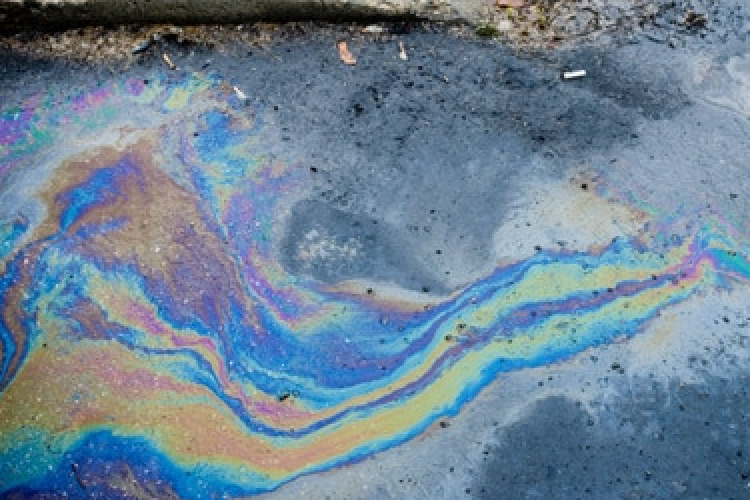
Industrial and domestic Oil waste
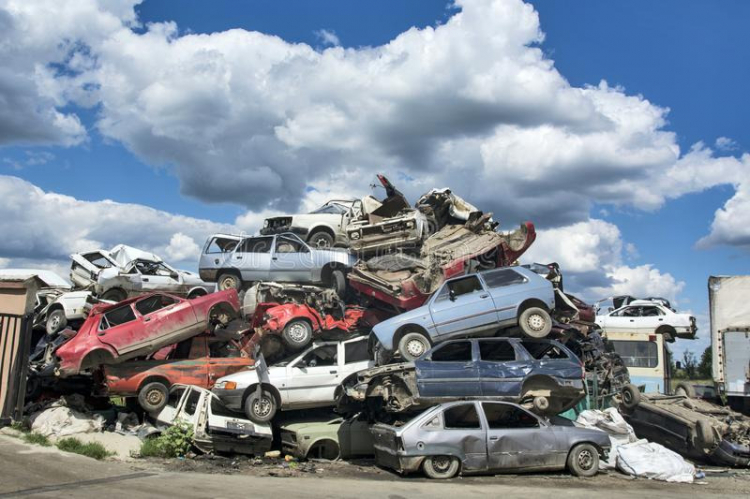
Auto and metal waste
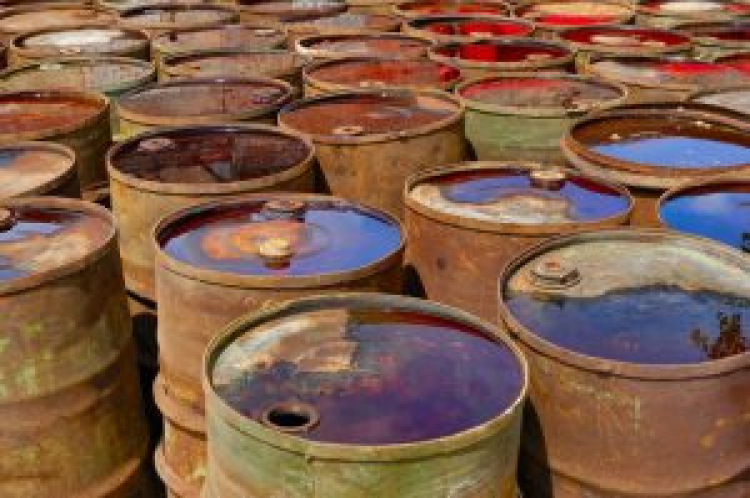
Chemical waste
